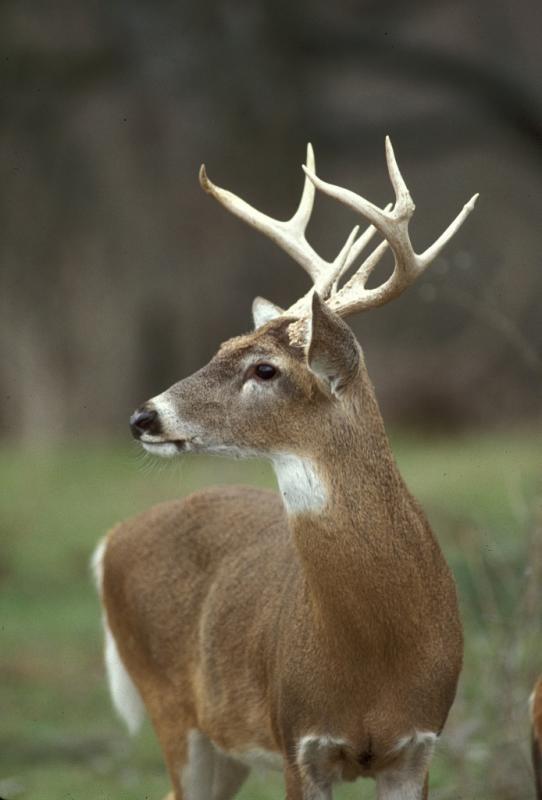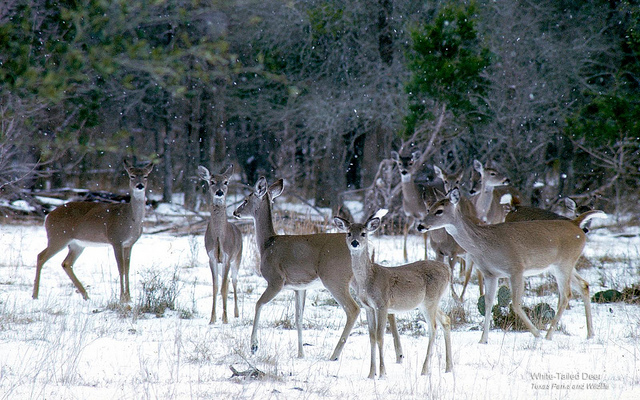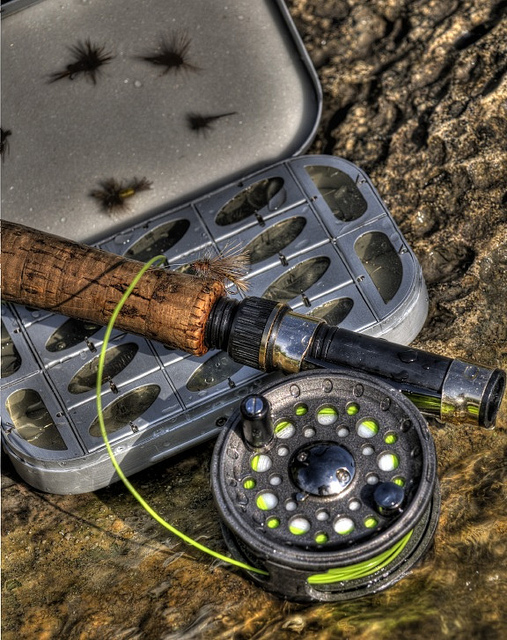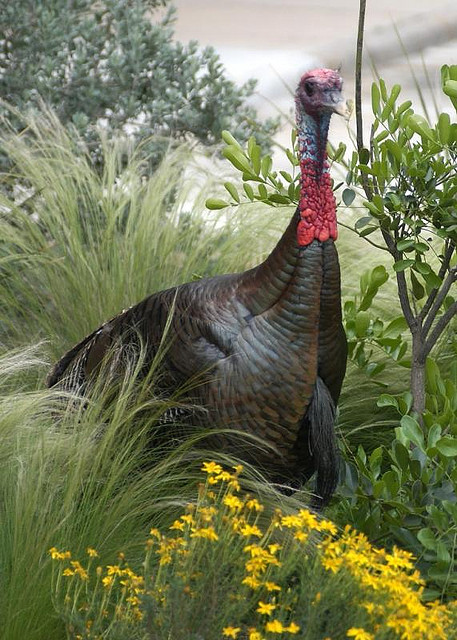Research: Using Browse Survey to Manage Deer
March 12th, 2015This is Passport to Texas
Biologists can estimate deer density by observing what they’ve eaten, or browsed. Browse survey results can help guide managers to maintain healthy herds and habitat.
15— Of course, we could go out and run one of a multitude of deer counts – whether that be spotlight counts, or camera counts. This is one we do fairly regularly in the wintertime on properties to get out there and get a look at deer densities.
Wildlife biologist, Heidi Bailey, says when deer browse less tasty plants like pines, overpopulation may be the cause.
15— For instance, on most properties, if I see five percent use on some of these pines and cedars and things that they really don’t like, that’s when I start getting a red flag and thinking, Hmmm…maybe we need to increase the harvest a little bit on this property.
Increasing harvest rates can help keep habitat in balance. But not all managers remove animals from the landscape.
16—A lot of people turn to planting food plots and putting out protein feed to supplement a deer’s diet. Of course, from the wildlife biologist’s standpoint, [we] always encourage people to manipulate their existing habitat as opposed to supplementing or putting a band aide on a problem.
Find landowner technical assistance information on the Texas Parks and Wildlife website.
The Wildlife Restoration Program supports our series and works to restore and manage wildlife for the benefit of
the public.
For Texas Parks and Wildlife…I’m Cecilia Nasti.







 Passport to Texas is a
Passport to Texas is a  Passport to Texas is made available by:
Passport to Texas is made available by: